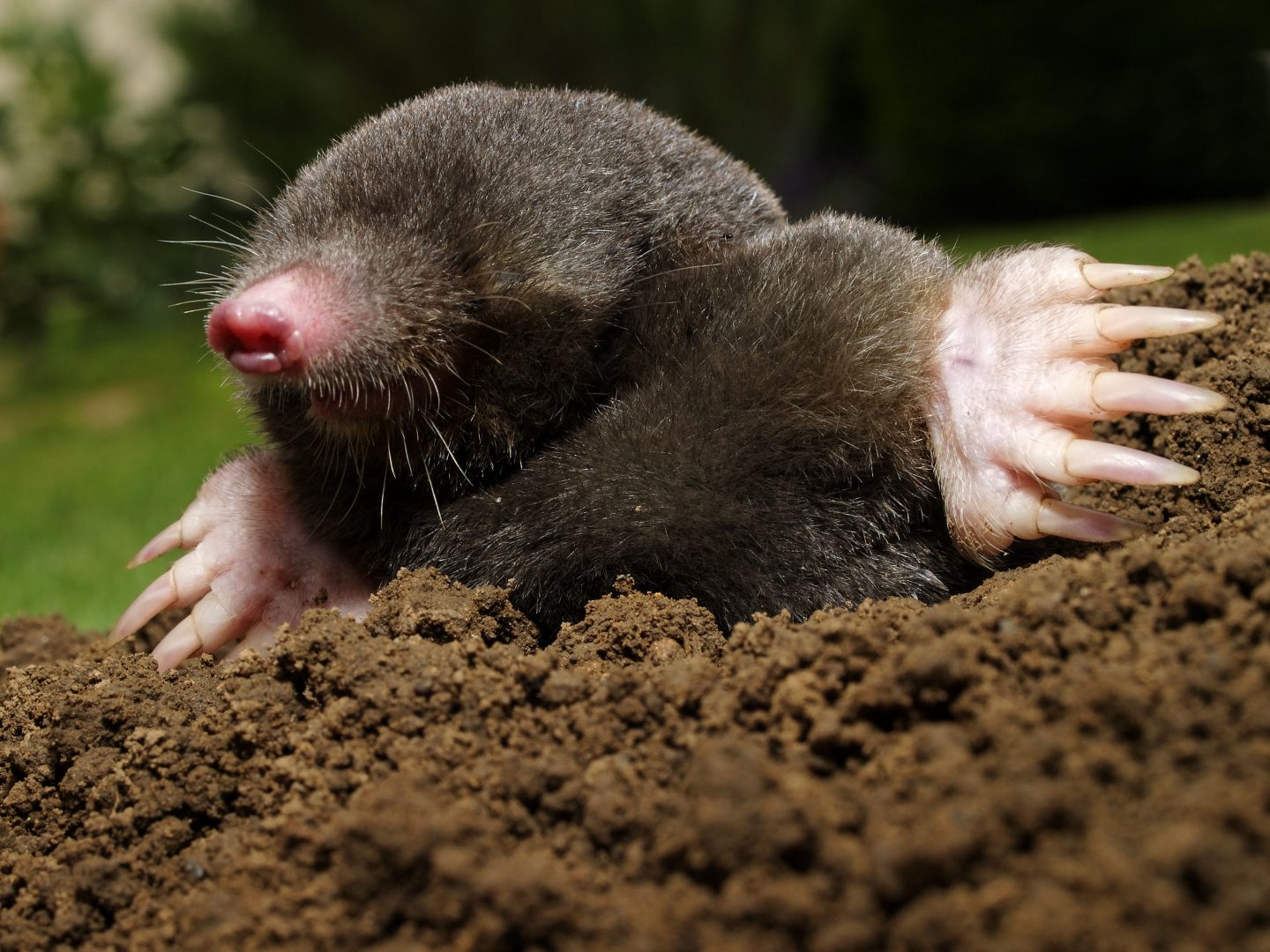
By Monica Macoubrie, Wildlife Education Specialist
Have you wondered what happens in the secretive world beneath your feet? Imagine a neighborhood drama featuring shrews, voles and moles as the quirky cast. Picture the shrew as the hyperactive neighbor who never seems to sleep, the vole as the overeager gardener with a penchant for snacking and the mole as the elusive underground engineer, constantly remodeling his dirt “mansion.” Although these small, but mighty, critters might not be starring in any on-screen movies, they’ve certainly perfected the art of living life on the down low — literally.
Nebraska hosts a diversity of small mammals, and even scientists and educators sometimes struggle to identify exactly what they’re observing. Is that tiny brown creature a mouse? A mole? A shrew or a vole? What’s the difference? Although easy to overlook, each little critter plays a unique and vital role in its ecosystem.
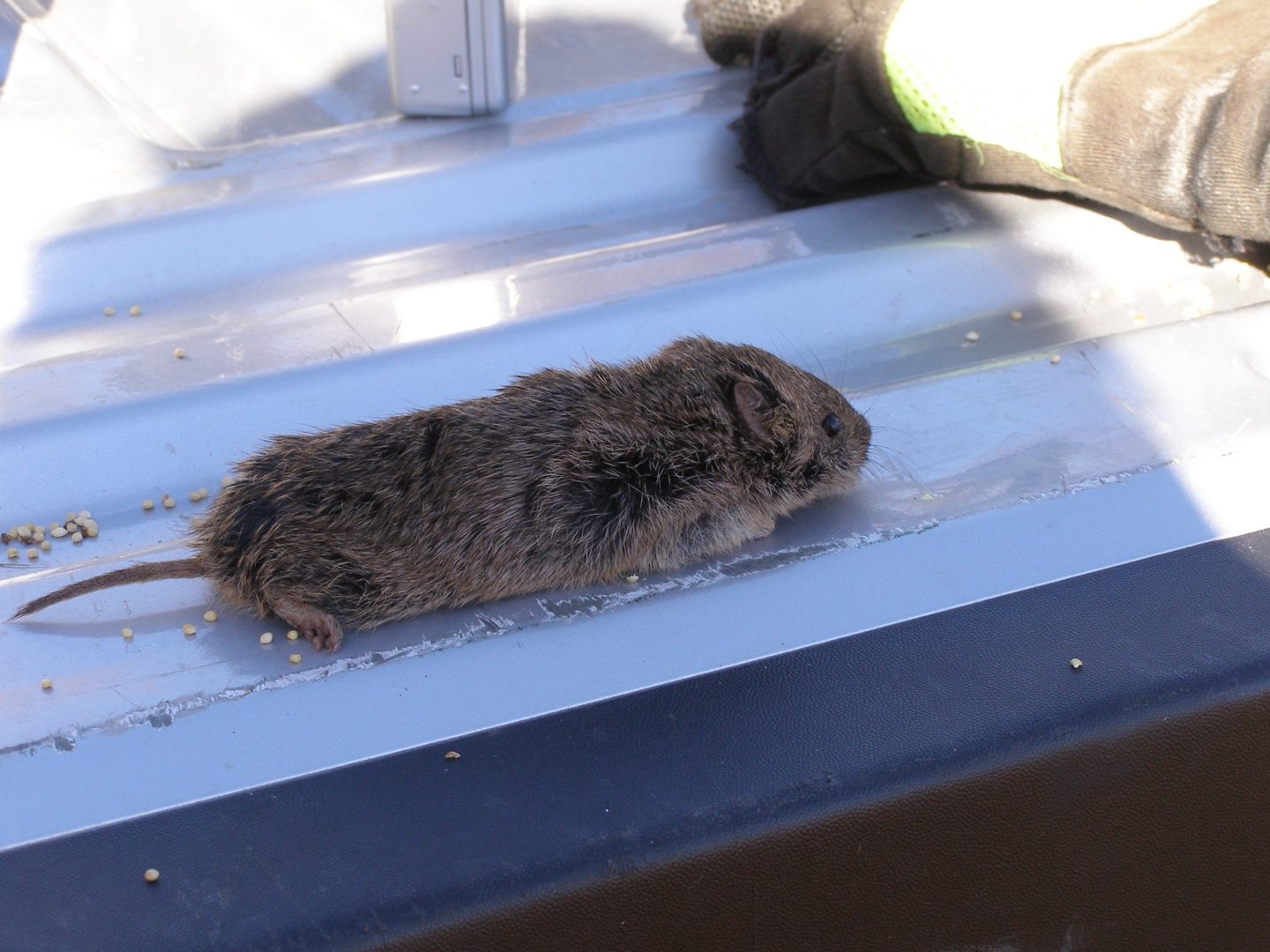
Shrews
Shrews are some of the smallest mammals in the world, typically measuring 2-3 inches in length. Despite their mouse-like appearance, they are not rodents; instead, they belong to the family Soricidae, which includes five species in Nebraska.
Characterized by elongated, pointed snouts and small, beady eyes, shrews are specialized insectivores, feeding primarily on insects, worms and other invertebrates. Their dense, velvety fur aids in heat retention, and their exceptionally high metabolic rates require them to eat every few hours, making them some of the most active foragers in the animal kingdom. Their sharp, spike-like teeth are well-suited for their carnivorous diet.
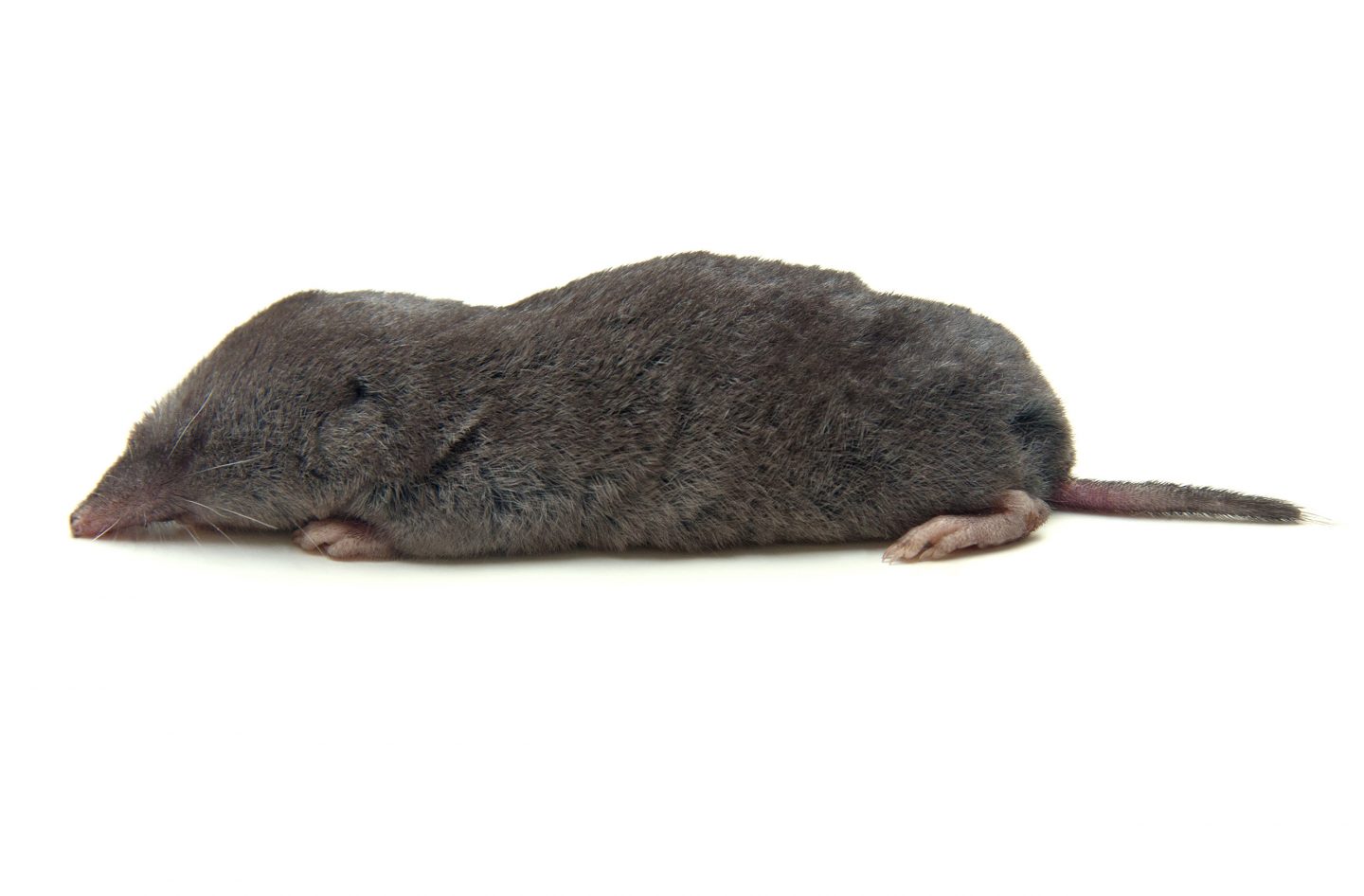
The northern short-tailed shrew is a notable Nebraska resident, possessing distinctive dark red and white patches on its teeth. The dark red areas indicate iron in the tooth enamel, which is most concentrated in the parts of the teeth used for crushing and grinding. This iron helps reinforce the high-stress surfaces, as the dark red enamel wears more slowly than the white, extending the lifespan of the teeth. Shrews are born with adult teeth, having lost their baby teeth before birth.
Shrews are commonly found in moist habitats, such as forests, meadows and areas near water. Their small size and nocturnal nature make them hard to spot, though their presence is often revealed by the faint squeaks they produce while hunting. They are solitary creatures and can be quite aggressive toward each other.
Shrews are generally less destructive than moles and voles, which is why many people choose to leave them undisturbed. These mammals forage for insects, worms, spiders, snails and grubs both on the surface and underground. Unlike moles and voles, shrews do not create their own surface tunnels. Instead, they utilize the existing runways and tunnels made by larger animals like voles and moles.
Voles

Voles are often mistaken for mice due to their size and appearance. The primary way to differentiate them from mice is by their tail length: Mice have long tails that extend nearly half their body length, while voles have short tails.
Voles are small rodents belonging to the family Cricetidae, known by their round bodies, blunt snouts and stubby tails. The genus name “Microtus,” meaning “small ear,” reflects their short ears, which barely protrude from their fur. Their chisel-shaped teeth are well-suited for gnawing on tough vegetation. Unlike shrews, voles are herbivores, feeding mainly on grasses, seeds, roots and other plant materials. They have a stockier build compared to shrews, and their fur is typically coarse, ranging from brown to gray depending on the species.
The meadow vole, a species found in Nebraska, is notable for its reproductive habits. In the wild, voles generally live less than a year, and most females produce only 1-2 litters in their lifetime, with additional litters occurring more frequently in spring and summer when food is more plentiful.
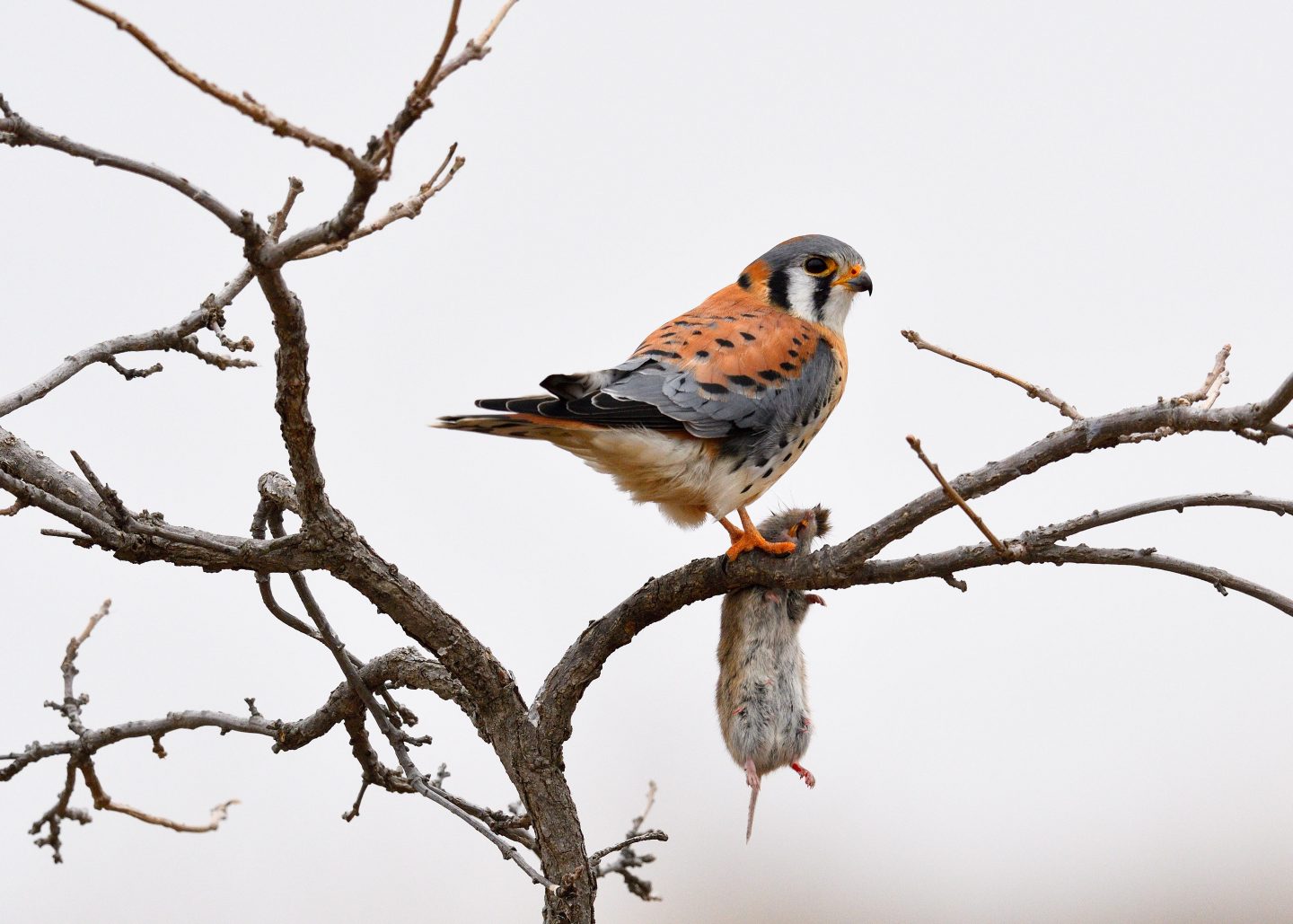
Voles are highly adaptable and inhabit a variety of environments, including grasslands, prairies, gardens and agricultural fields. They are more social than shrews and typically live in colonies with intricate burrow systems. In some regions, voles can cause significant damage to orchards, ornamental plants and tree plantings due to their gnawing on the bark of seedlings and mature trees. One of the most recognizable signs of meadow voles is their extensive surface runway system, which features numerous burrow openings.
Moles
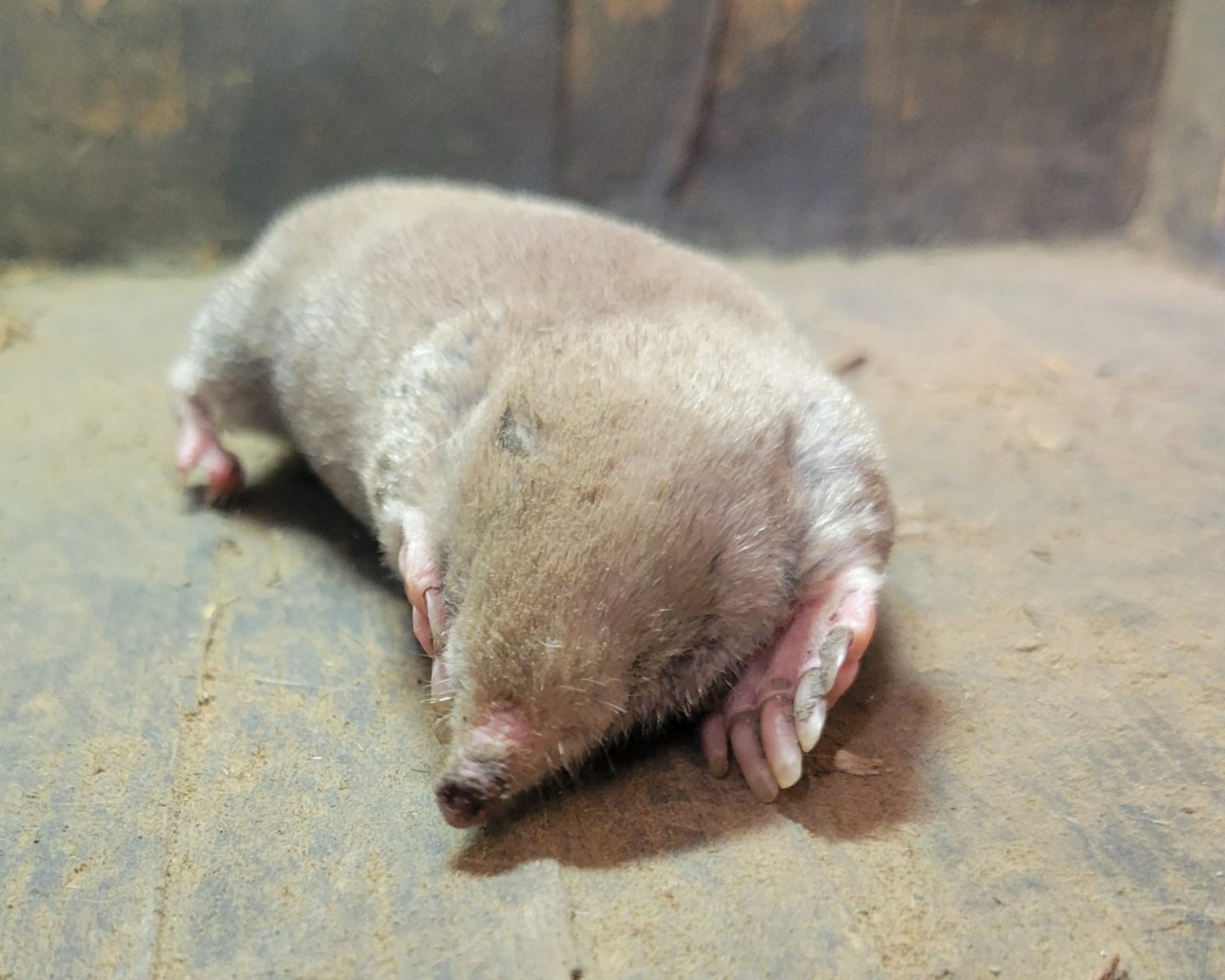
Moles and shrews are in the same order, which means they share several characteristics. However, moles are in the family Talpidae and upon closer inspection, they look extremely different from voles and shrews. Moles in Nebraska exhibit a distinctive set of physical characteristics that make them uniquely adapted to a subterranean lifestyle.
Typically measuring between 4 to 8 inches in body length, with an additional 1 to 2 inches of tail, moles have cylindrical bodies that are well-suited for digging. Their fur is short, velvety and usually dark brown or black, which minimizes friction and allows them to move smoothly through the soil, almost like swimming.
The most notable feature of moles is their highly specialized forelimbs; their large, spade-like hands are equipped with strong claws and are oriented outward, making them exceptionally efficient at excavating soil. These powerful front limbs are used to dig extensive tunnel systems that can stretch hundreds of feet.
Moles have small, nearly invisible eyes covered by fur, as well as a highly sensitive, protruding snout that is equipped with specialized tactile hairs called vibrissae (whiskers), which are crucial for locating prey in their dark underground environment. Their diet primarily consists of insects, earthworms and other invertebrates, which they detect through their acute sense of touch and smell. Moles have a low metabolic rate compared to shrews, but still require a substantial amount of food to sustain their energy needs, leading them to maintain a network of tunnels to efficiently search and capture prey.
Moles are hardly ever seen above the surface. They prefer moist soils where they can easily construct their extensive tunnel networks. These tunnels serve both as hunting grounds and living spaces. Moles are solitary creatures and are highly territorial, with each mole maintaining its own tunnel system. Despite their reclusive nature, their presence is often betrayed by the characteristic molehills they create while excavating soil.
While moles, voles, and shrews may seem similar at first glance, each plays a unique role in Nebraska’s ecosystems. Moles, with their specialized digging adaptations, excel at underground excavation and soil aeration. Voles, with their social structures and herbivorous diets, contribute to plant growth and serve as a significant food source for predators. Shrews, though often overlooked, are relentless insectivores with a high metabolism, crucial for controlling insect populations. Understanding the differences and similarities among these creatures not only enriches our knowledge of Nebraska’s wildlife but also highlights the intricate balance of nature where each species has its place.
